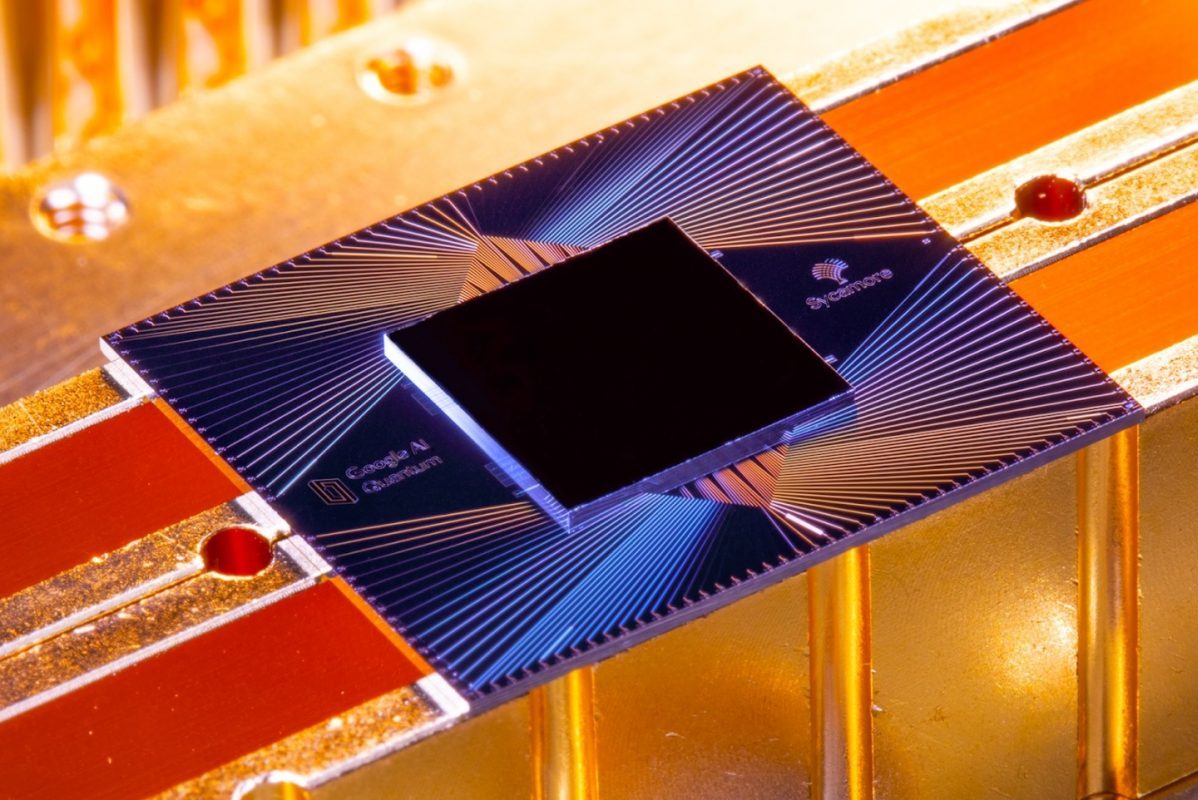The use of microwave spans an extensive range in our technological and scientific fields. We can use microwaves for radars, mobile communications, and even astronomy.
Recently, a combined team of scientists from Raytheon BBN Technologies, POSTECH, Harvard University, Spain’s Barcelona Institute of Science and Technology, Massachusett’s Institute of Technology, and Japan’s National Institute for Materials Science have worked together to develop a very ultrasensitive sensor to detect microwaves at the highest theoretical sensitivity possible.
As of today, we use a bolometer to detect microwave power. The team made its first breakthrough by innovating the factor of materials and how the device was structured. First, the team utilized graphene as the material to absorb the electromagnetic waves.
The graphene structure is that it is made of a single layer of carbon atoms and has a small capacity for electronic heat. This small heat capacity means that a slight change in heat causes a huge temperature change.
Although microwave photons contain very little energy, when grapheneabsorbs them, they may cause a significant temperature rise. A hindrance is that a temperature rise in graphene cools down rapidly, and thus measure it is incredibly difficult.

